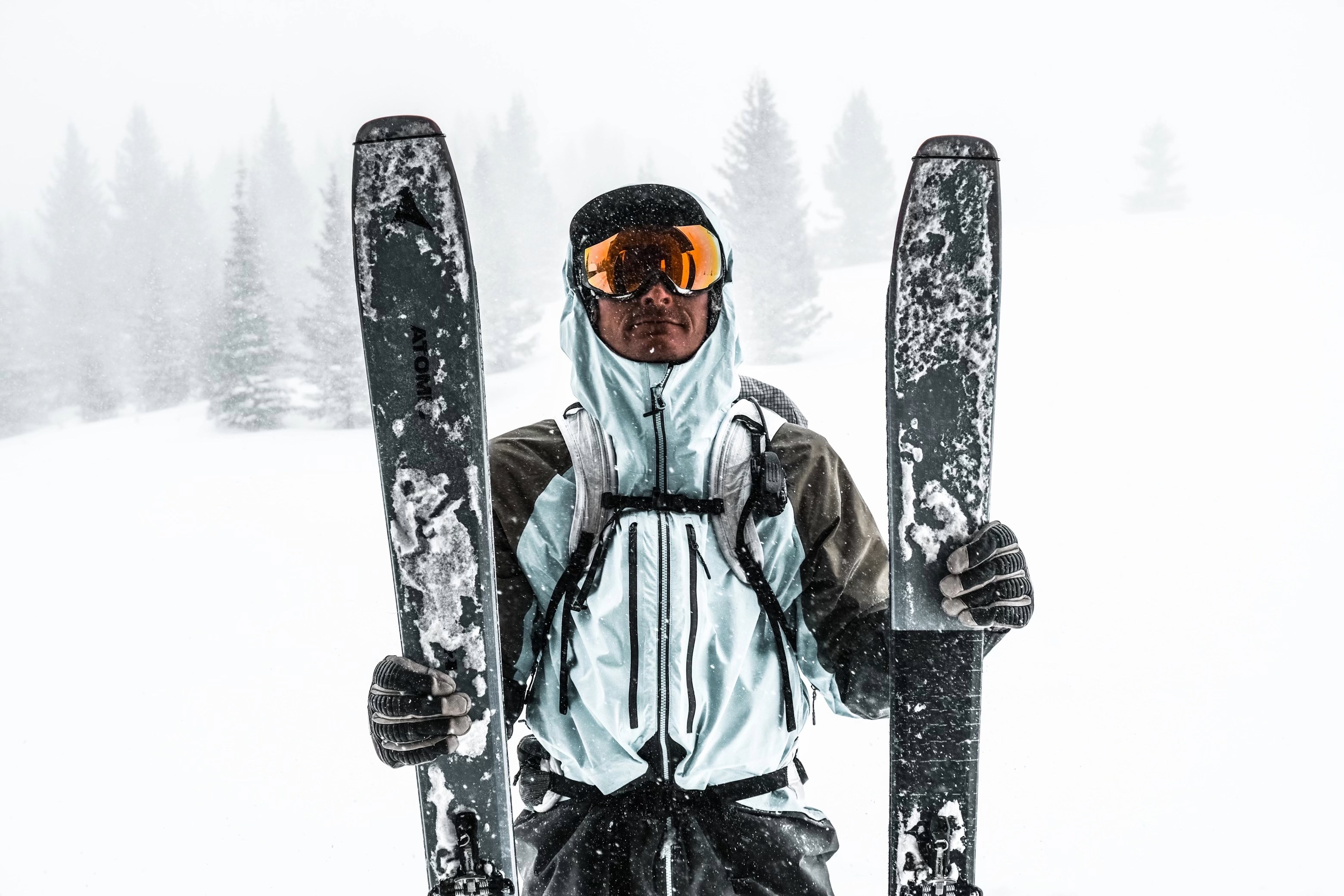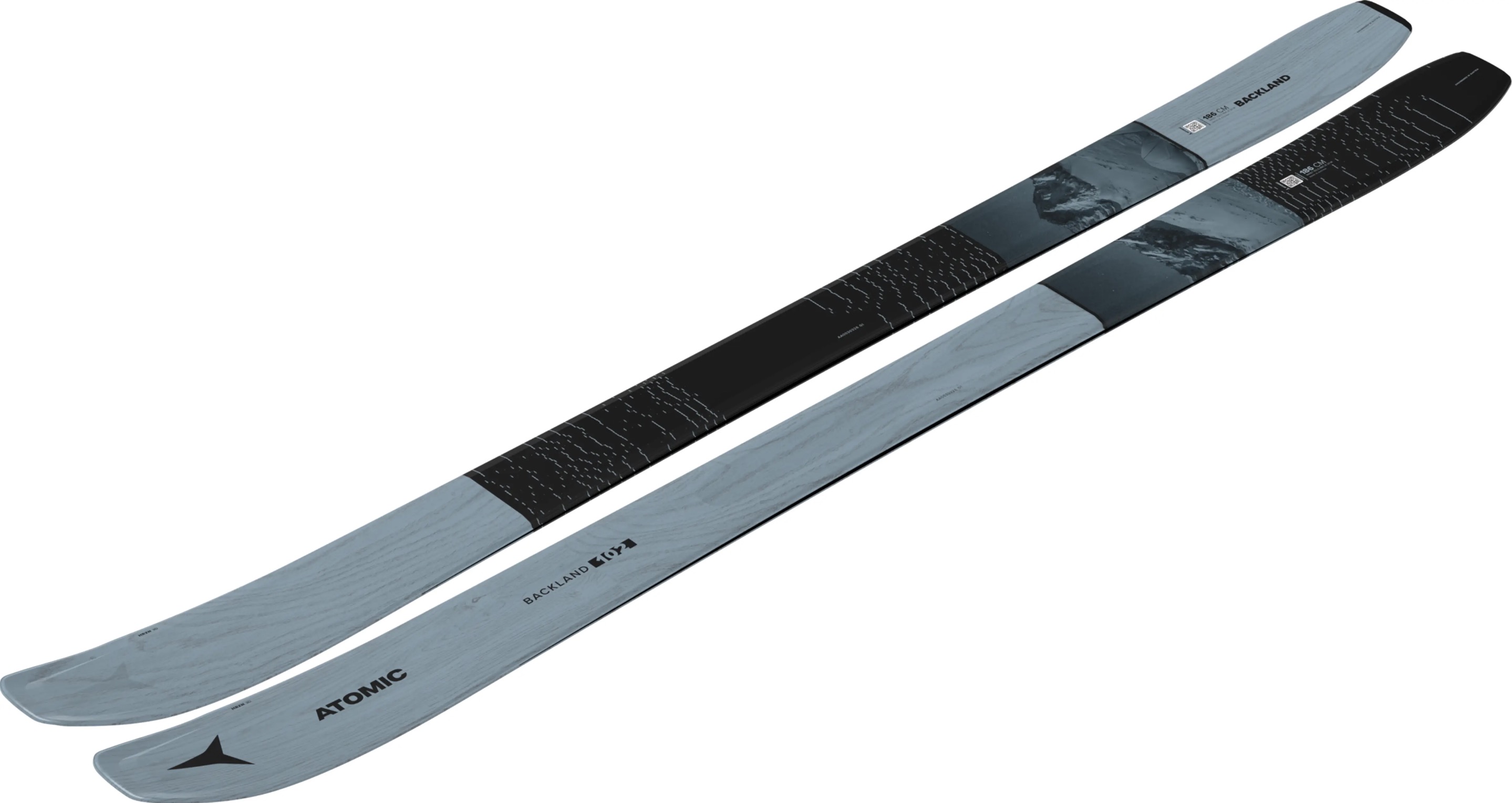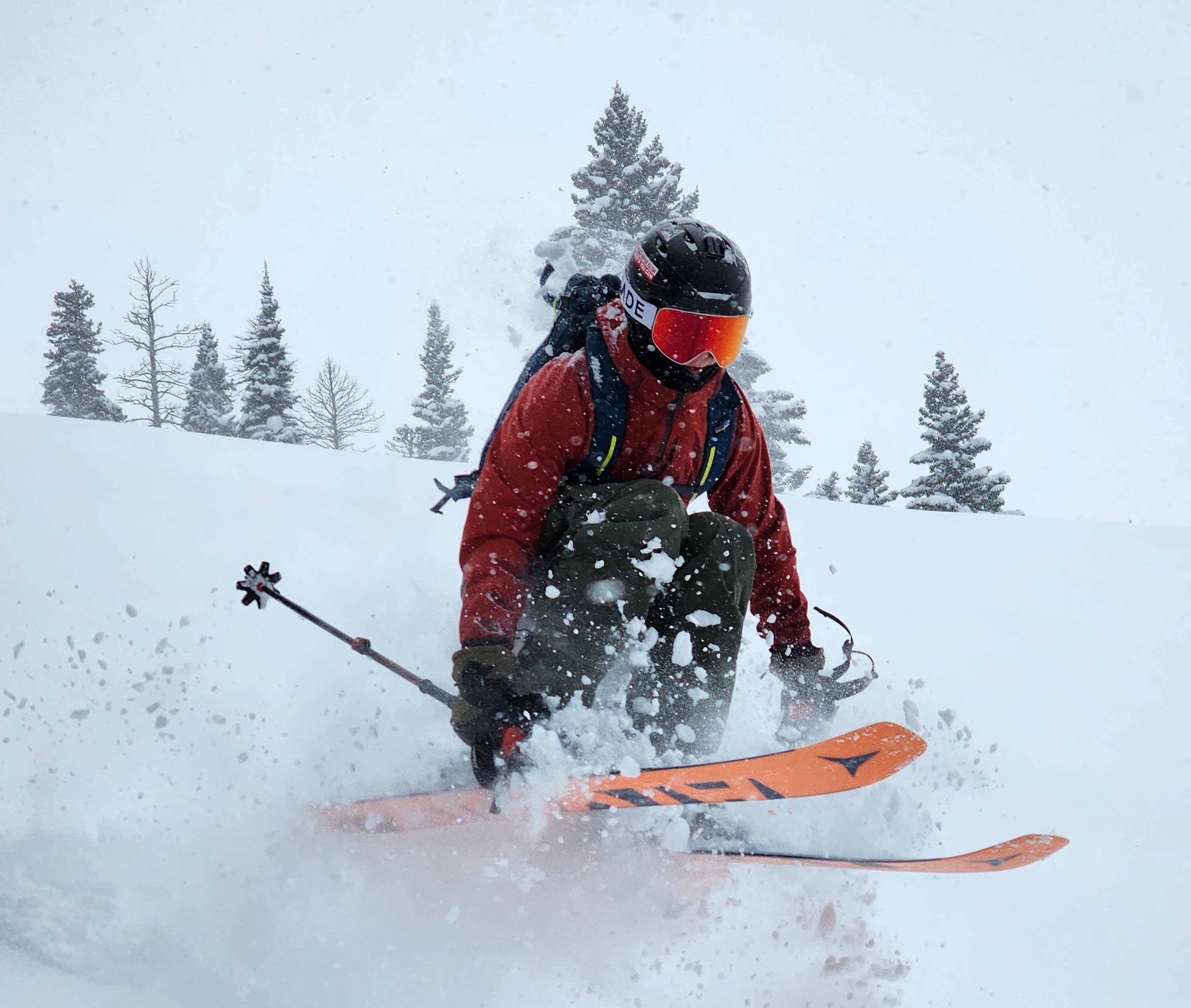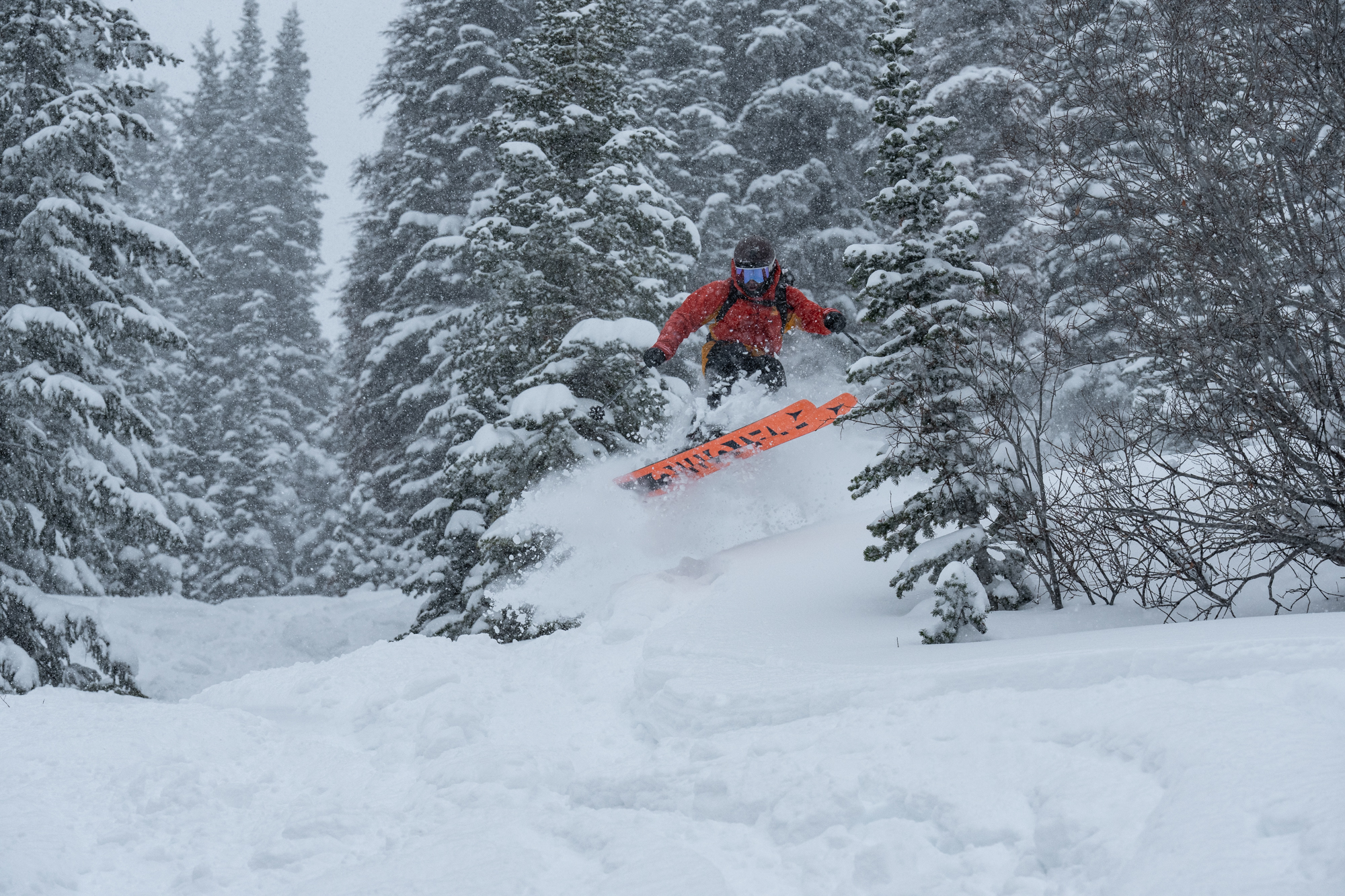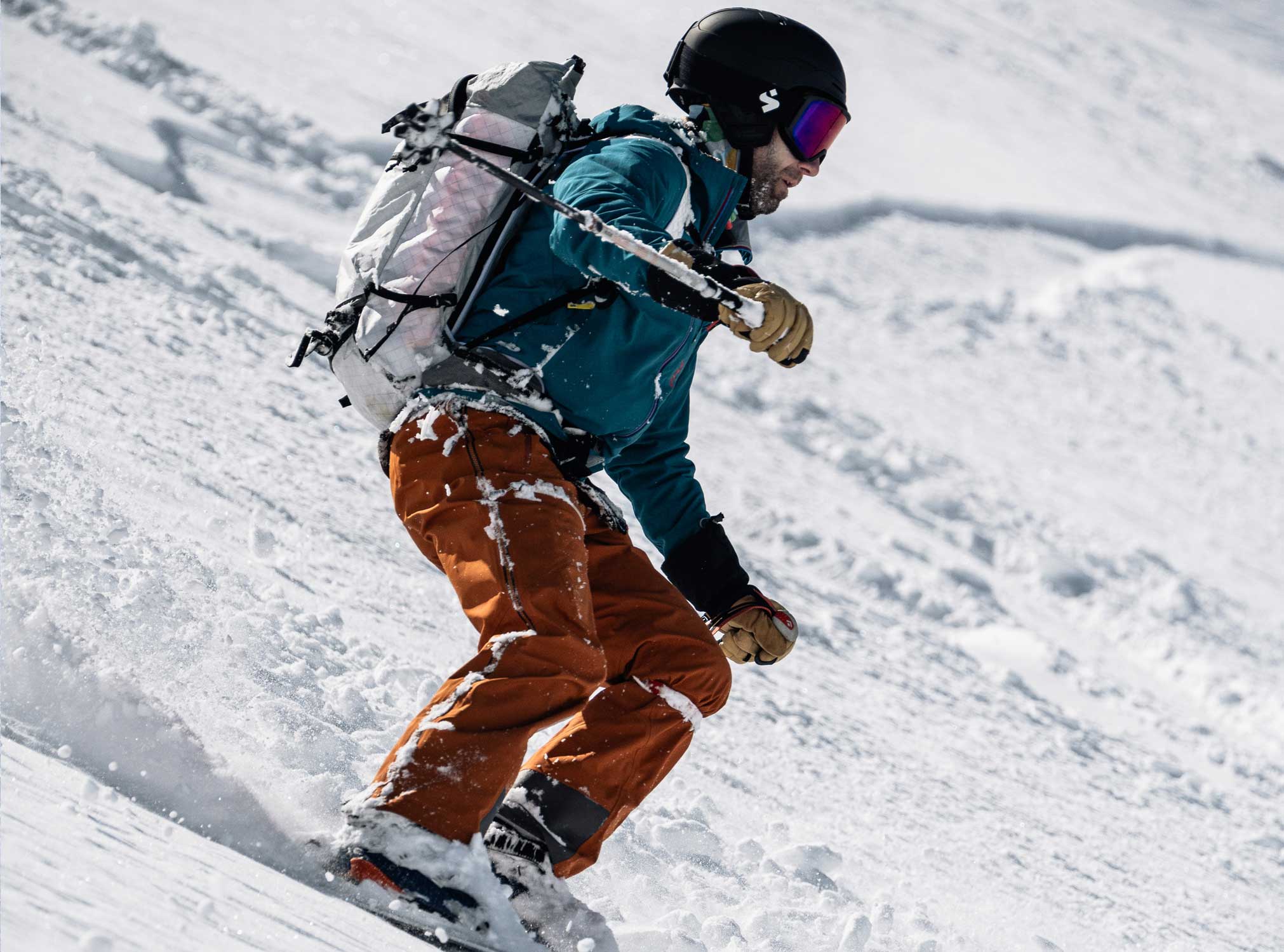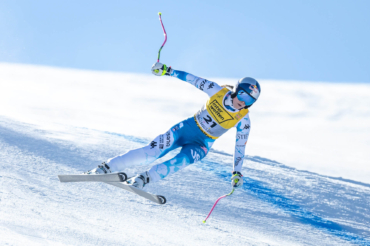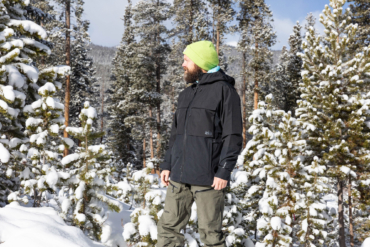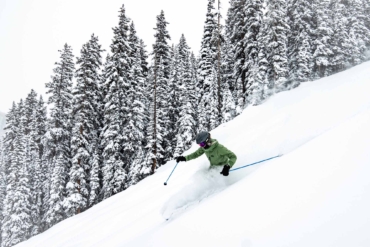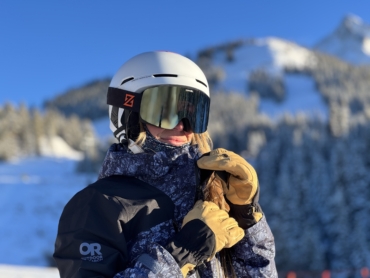The snow started falling on the drive to Powder Mountain, and by the time we arrived, it was a full-on zero-visibility whiteout. That storm continued building in intensity all weekend long, burying us in our yurts under feet of fresh. I couldn’t have asked for better conditions to test Atomic’s newest member of the Backland family: the 2025 Backland 102. The lightweight, backcountry freeride ski was made for those conditions.
That was the first weekend I got to ride on these skis. I would become intimately familiar with them through the rest of the season, though. They became my go-to touring skis for most of my backcountry days through spring and into July.
I took them on daily tours at my favorite local ski spots, cat skiing, and hut-to-hut trips. I skinned in the Backland 102s, carried them on a pack, and skied everything from blower powder to summer slop.
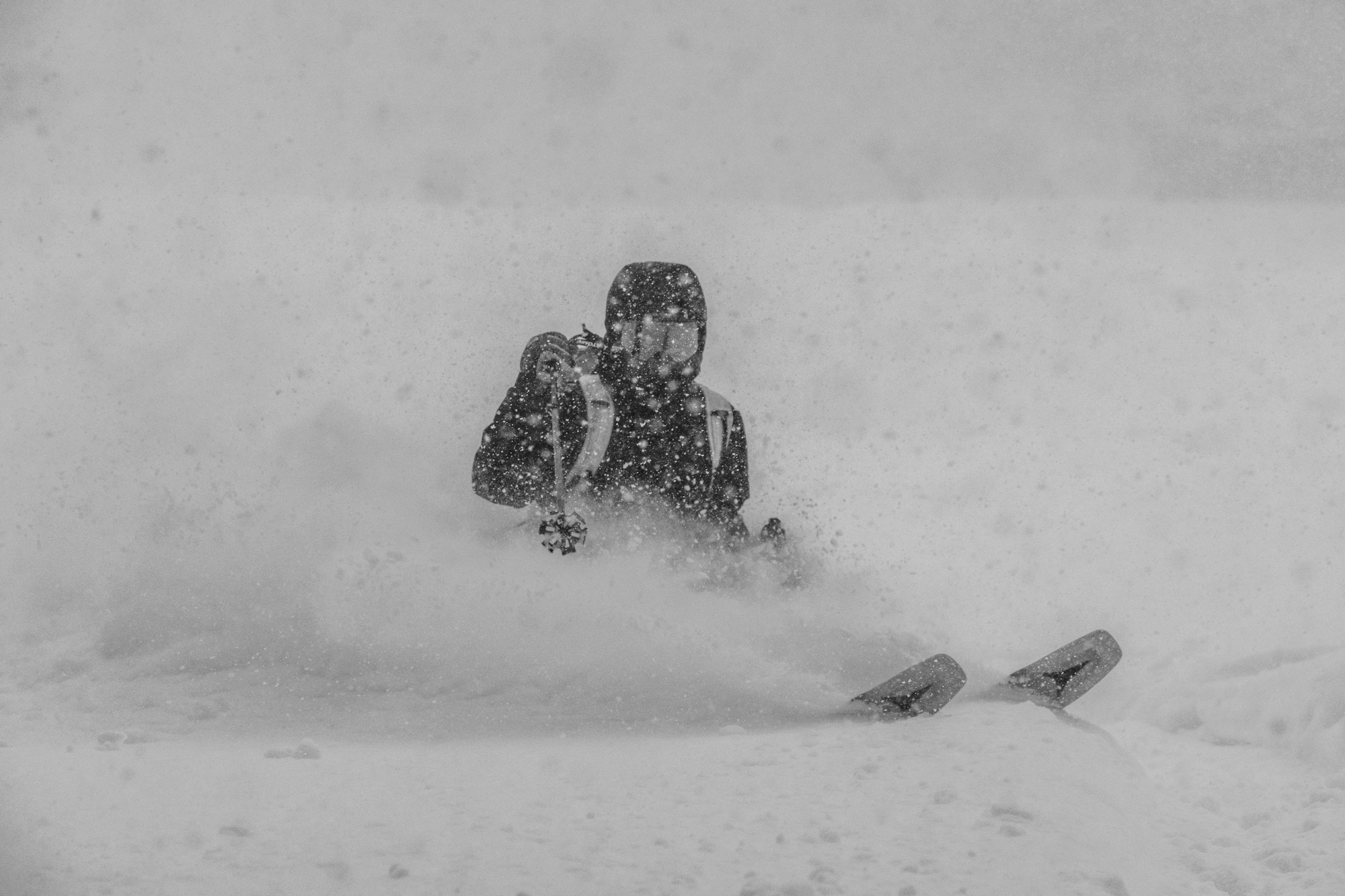
These skis are hungry for big mountain backcountry terrain and long tours. There are some conditions where they aren’t ideal, but across the spectrum of snow and terrain I skied them on, the Backland 102s proved to be a fun and useful tool.
In short: The Backland 102 is the lightest-weight ski in my quiver at just 1,430 g per ski. They aren’t the lightest ski ever made, but for the level of control and playfulness they grant in deep powder and softer snow, the weight is impressive. It makes them ideal for big mountain backcountry objectives, as well as longer tours. But it works against them in hard chop and chunder. A quiver-of-one ski this is not, but for backcountry skiers who want to send it deep into the backcountry and for big mountain powder hunters, the Backland 102 is a precision instrument.
If you’re in the market for backcountry skis, check out GearJunkie’s guide to the Best Backcountry Skis.
Backland 102 Freeride Touring Ski Review
-
Uphill Performance/Weight
9.4
-
Downhill Performance
8.7
-
Versatility
8.8
-
Stability at Speed
8.0
- Lengths: 164 cm, 172 cm, 179 cm, 186 cm
- Weight: 1430 g (179 cm)
- Dimensions: 121/102/130 (179 cm)
- Turn Radius: 19 m (179 cm)
- Core: Poplar/Caruba, ash binding reinforcement, fiberglass laminate
- Best For: One ski quiver for someone who primarily tours
Pros
- Extremely lightweight
- High-energy and playful
- Low carbon emission construction process
- Float extremely well in powder
Cons
- Not good for hard chop and chunder
Atomic Backland 102 Freeride Touring Ski Review
Weight
My 187cm Backland 102 registered at 1,688 g per ski on my kitchen scale. Atomic’s website claims 1,430 g per ski, but that’s for the 179cm length — it does not specify a weight for any other size of the Backland 102s.
My go-to backcountry skis prior to the Backland 102 weighed 1,991 g per ski. So the Backlands are 302 g lighter per ski. According to research, for every 100 g of weight added to footwear, there’s a 1% energy cost. Saving a few hundred grams of weight could significantly impact anyone’s uphill energy savings.
Compared with the skis on GearJunkie’s guide to the Best Backcountry Skis (which the Atomic Backland 109s are on), three out of 12 are heavier than the Backland 102s I skied. If you go by Atomic’s claimed weight of 1,430 g for the 179cm length, though, these skis land squarely in the middle of the weight class.
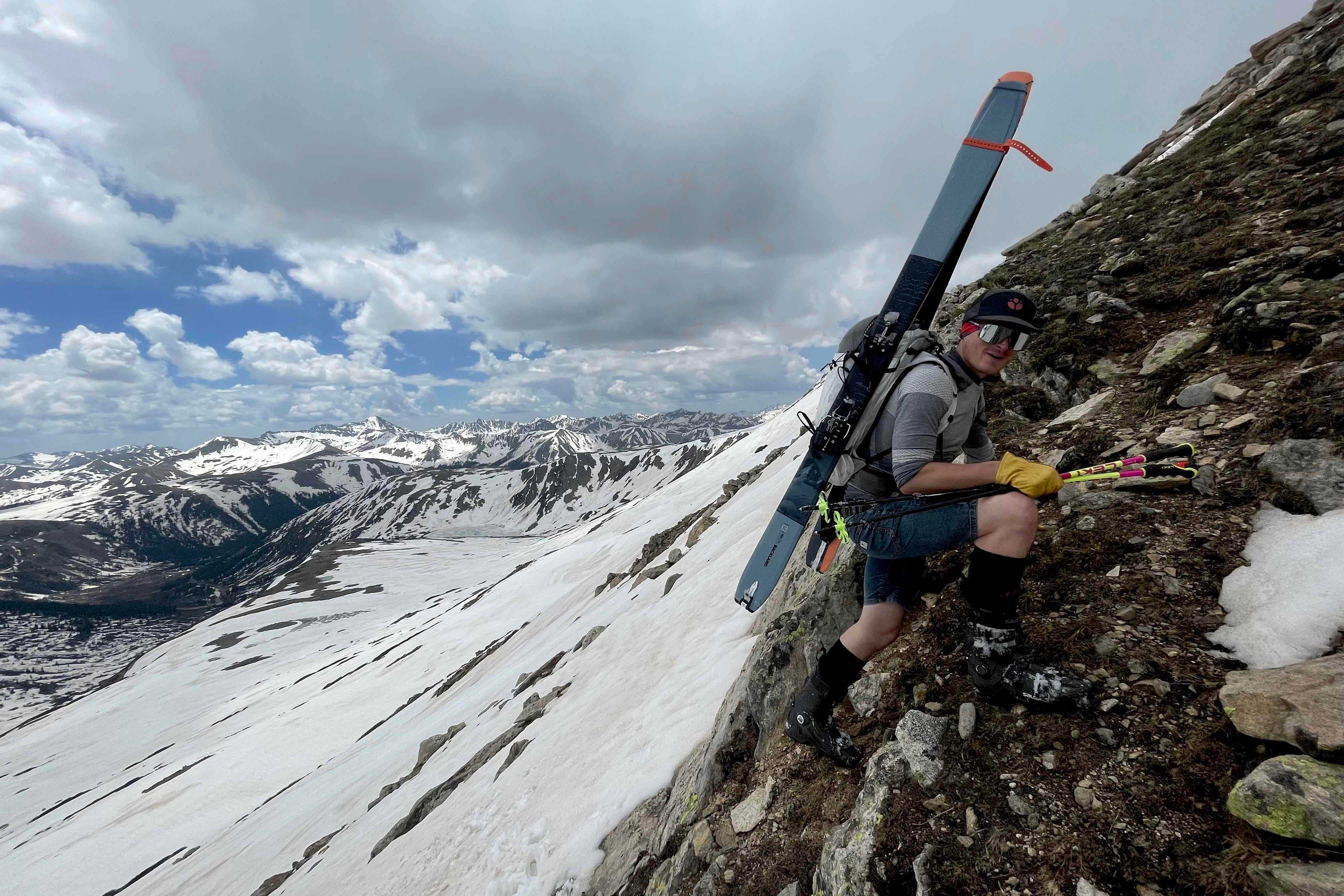
Construction
Atomic achieved the Backland’s light weight using poplar and Caruba in what it calls an “Ultra Light Woodcore.” It also used more wood, and less metal and fiberglass in the construction than the previous version of the Backland to save weight. The poplar also provides nice flex, similar to other poplar core skis.
According to Atomic, the material changes also reduced the carbon cost of producing the new Backland skis by 26% compared with the 2022 Backland 100.
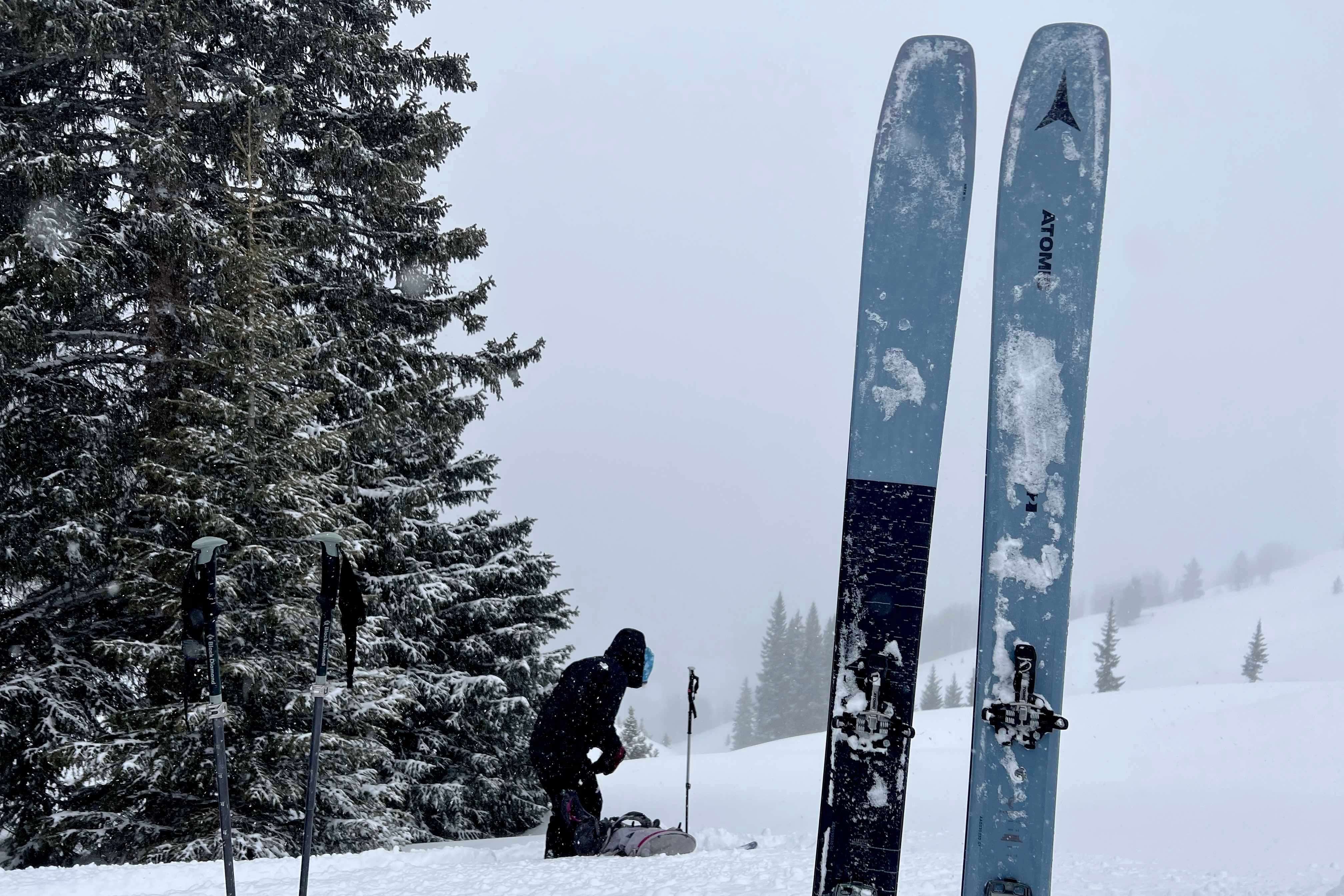
Shape & Profile
At the front of the ski, you’ll notice the distinctive sculpted shovel tips. Those are Atomic’s three-dimensional HRZN 3D tip. It uses a thin perforated material that Atomic claims helps increase surface area to improve float in the soft stuff.
Profile-wise, the Backland 102 has tip and tail rocker with camber underfoot. Dura Cap sidewalls round out the design — literally. It’s slightly rounded from base to top sheet, which supposedly helps improve the ski’s grip.
Atomic Backland 102: Performance
The Backland 102 got a lot of days on snow last season. They were my skis whenever I had time at the end of my workday to bag a quick lap at Sunlight or Arrowhead Mountains.
I skied them on a hut-to-hut trip that covered over 25 miles of long climbs, big traverses, and fun downhills. They came with me to backcountry ski in Jackson Hole. Generally, I love them. But there were a few conditions where they felt out of place.
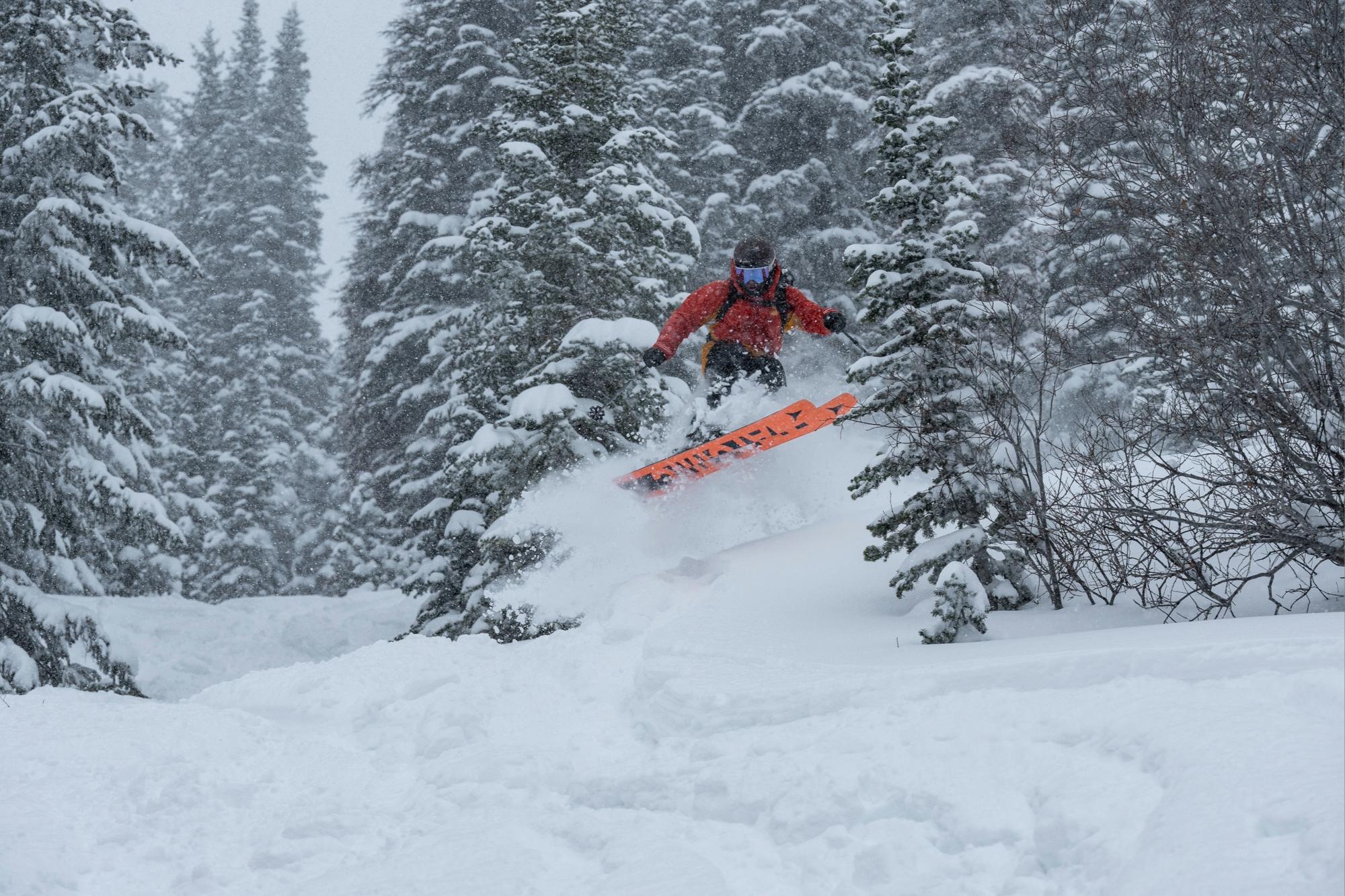
In Powder
This is where the Backland 102s excelled. Whenever we got more than a few inches of fresh snow, I’d excitedly bust these puppies out. The HRZN 3D tip rises up out of powder like the nose of an accelerating motorboat. In true powder conditions, it took no effort to float to the top of the snow.
When I’d drive into a turn, that powder-rockered tip stayed floating high while the camber underfoot gave me control and power. That camber also allowed me to pop out of the snow and into my next turn with ease.
The skis track well on their 20m turn radius in shallower snow. But in powder, they seemed to like slightly shorter radius turns.
In Chop, Crust
In softer chop, the Backland 102s had adequate stability and dampness to slash through it with relative ease. The 1-degree edge angle lived up to Atomic’s claims that it improves edge grip and allows for aggressive turn tracking.
However, in hard chop and chunder, these skis struggled a little bit. Their featherweight construction means they don’t have that broadsword-like weight to cleave through icy crud.
I got bucked around when I’d find myself navigating down icier, variable snow conditions. That was particularly challenging when I wore a 30-40-pound pack on the hut-to-hut trip. The Backland 102s are much happier in softer snow.
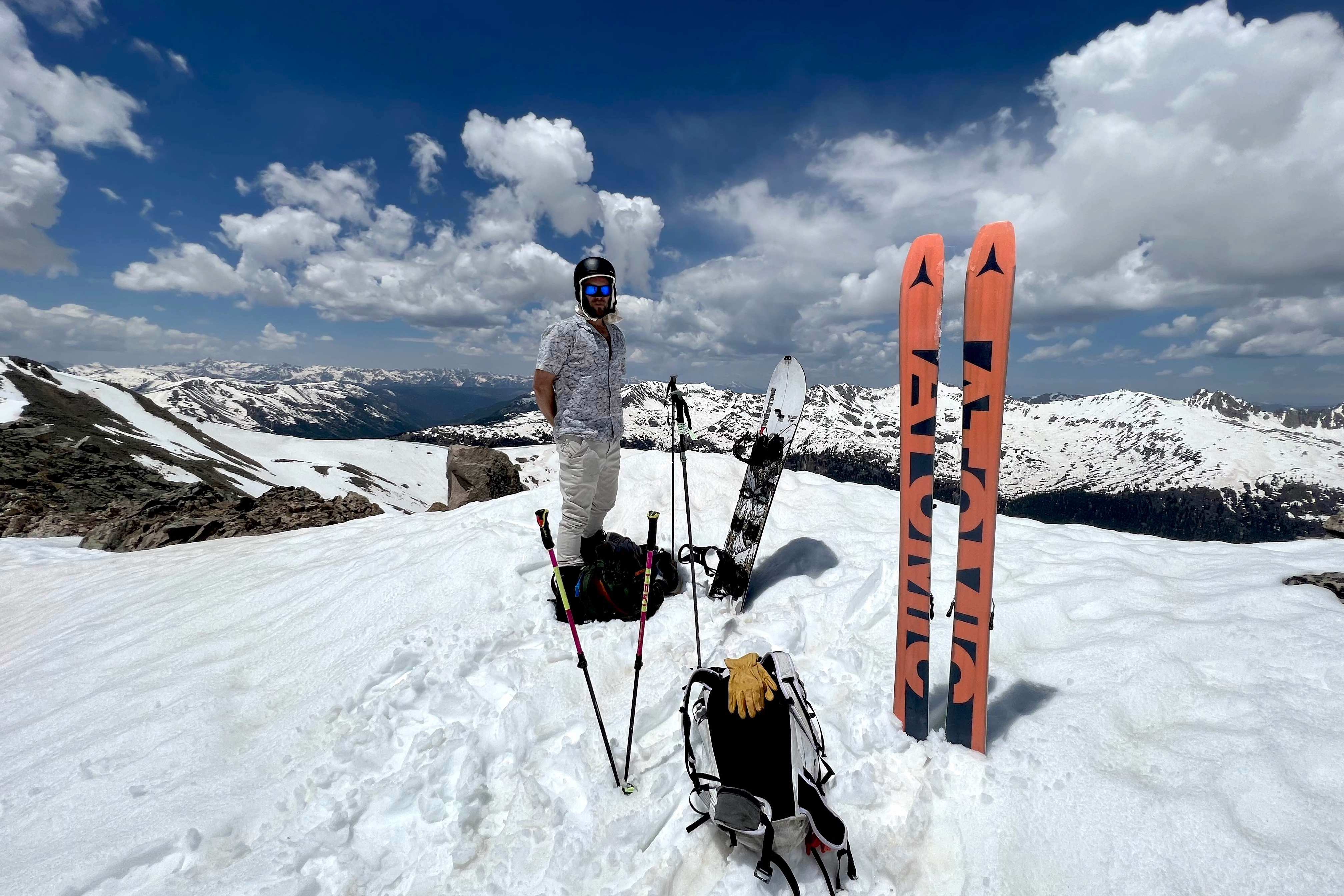
We also experienced some severe crust on our hut-to-hut trip. That was probably the trickiest skiing I had to do on the Backland 102s all season. They struggled to grip an edge on the faceted surface now. Then, if I punched through, it was almost impossible to punch back up to the surface.
That might have been a factor of the skis’ lightweight construction or just really bad snow conditions. I was also wearing a heavy multi-night pack, which definitely affected my own performance. Everybody struggled on that section, so I don’t want to ding the Backland 102s too hard for not tearing that up.
In Spring and Summer Slop
I tend to push ski season as far into the summer as possible. I rode these skis on spring and summer slop, and they maintained their composure well. They couldn’t “float” like they had in blower February powder.
Nor did they have the same control I experienced on colder, more intact snowpacks. But they handled well. I could carve pretty high-angle turns with a short radius when I got enough speed.
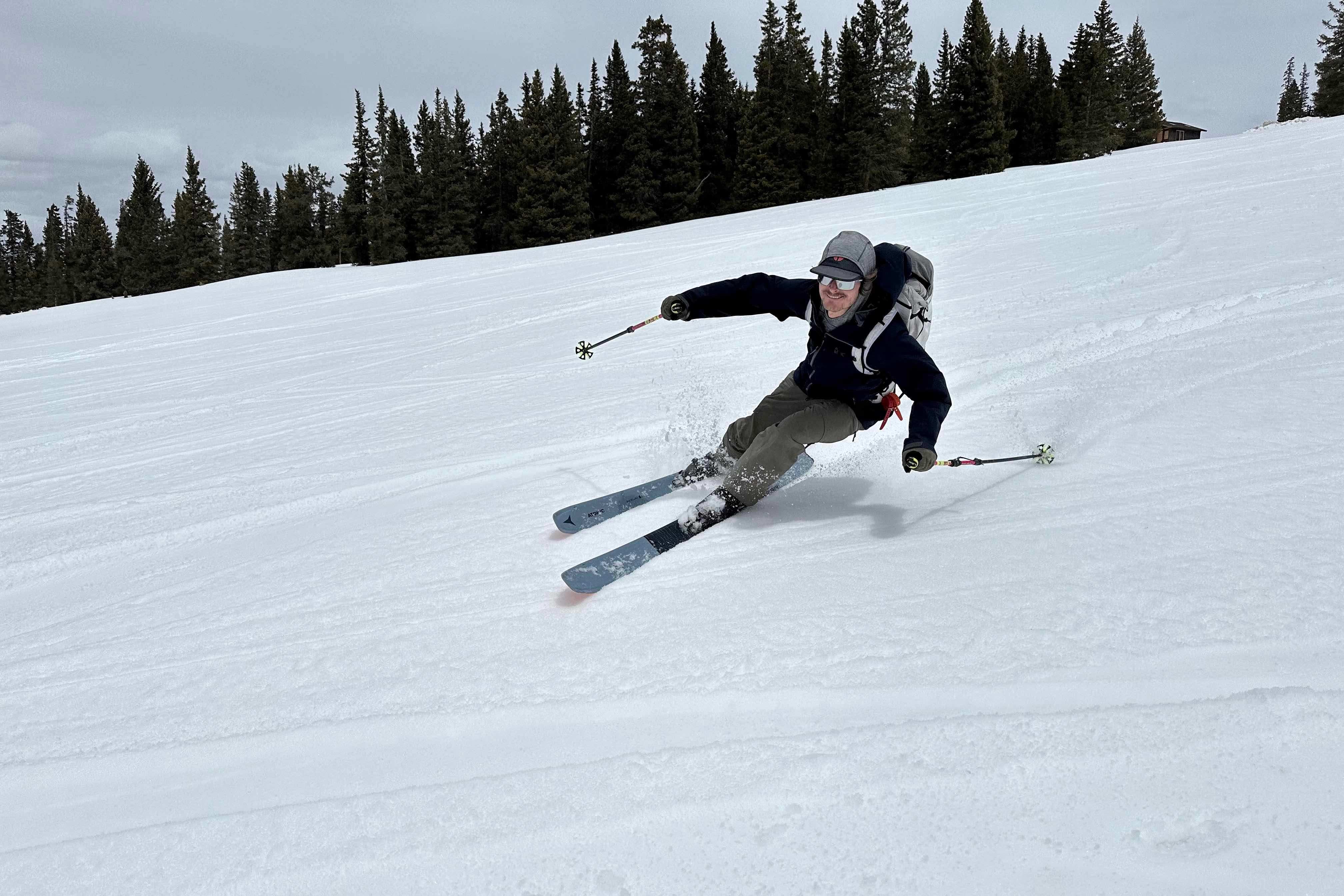
Uphill Travel
I love these skis on the uphill. As mentioned, my previous touring setup was closer to 2,000 g than 1,500 g. So, clipping into the Backland 102s and taking off uphill was like wearing lightweight running shoes instead of a burlier pair of boots.
I could immediately feel the difference. It’s hard to say for certain whether it improved my energy savings by 6% exactly, but it was noticeable how much less work I had to do to climb.
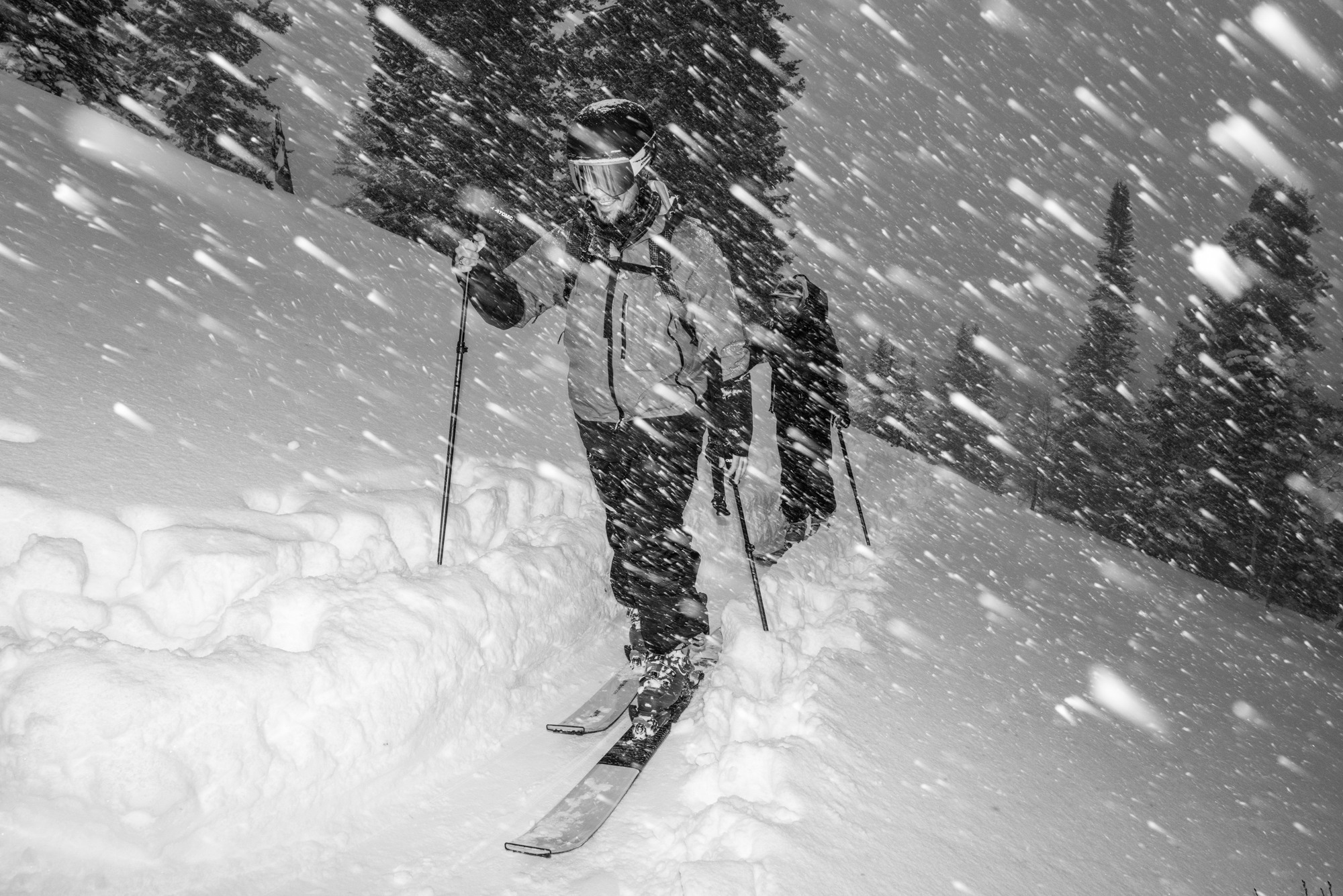
The Backland is slightly stiffer than a lot of other touring-specific skis. That might bother some skiers. But it never really phased me, especially considering the downhill performance that stiffness provides. It’s a good balance.
The Backland 102: Who Is It For?
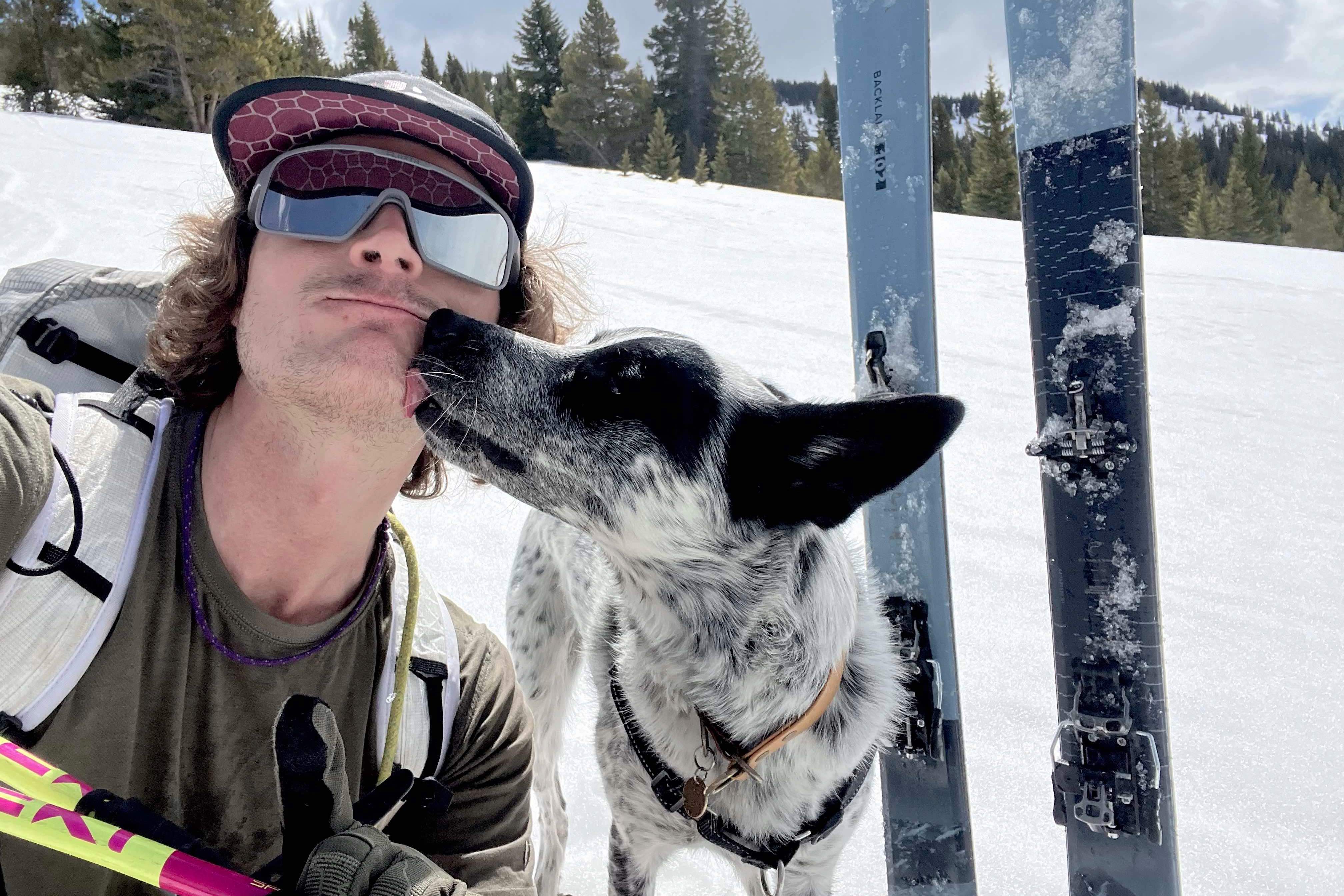
This is a ski with a specific range of use. However, within that range, it is still versatile across conditions. It’s nimble and powerful on the downhill and lightweight enough for long tours or big mountain climbs. Its downhill performance leans definitively toward freeride usage. It’s poppy, grips its edges confidently, and floats with a mind of its own in powder.
I wouldn’t trade in all my other backcountry setups, though. Nor would I recommend you put crossover downhill/AT bindings on this ski and make it your quiver-of-one setup for all resort and backcountry skiing.
This ski is marvelous in the right conditions and terrain. It’s great for most of my backcountry days. But there are times when I know the snow will be hard and icy, and I consciously choose to leave the Backland 102s at home.
That said, the Backland 102 is an ideal choice for backcountry skiers who push far on longer tours but still want a ski that will be fun and provide powerful downhill performance. I was very pleased with them last season, and I can’t wait to clip into them again this season. If it’s a powder day in the backcountry, or if I’ve got a long tour ahead of me, these are my weapons of choice.
